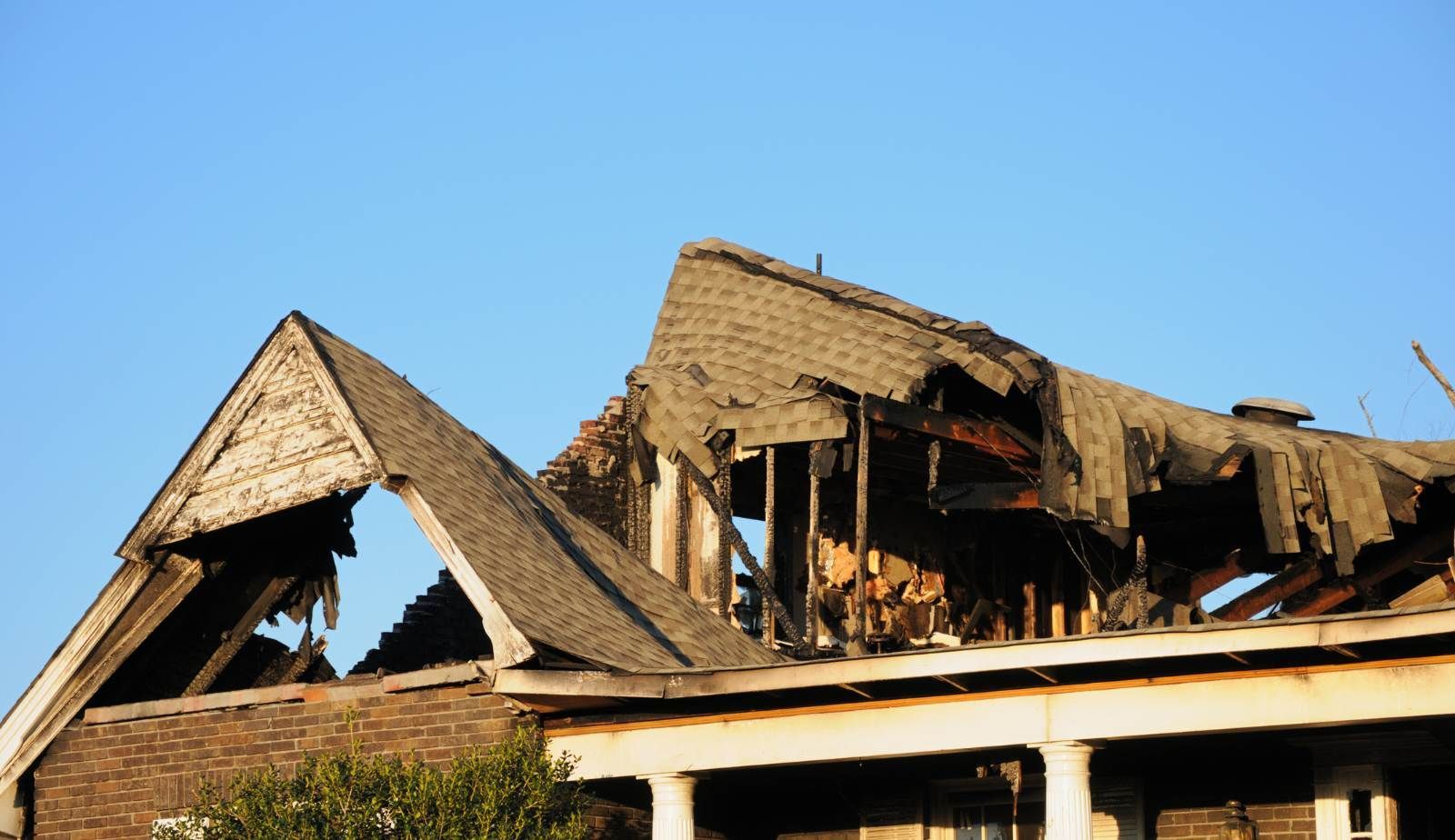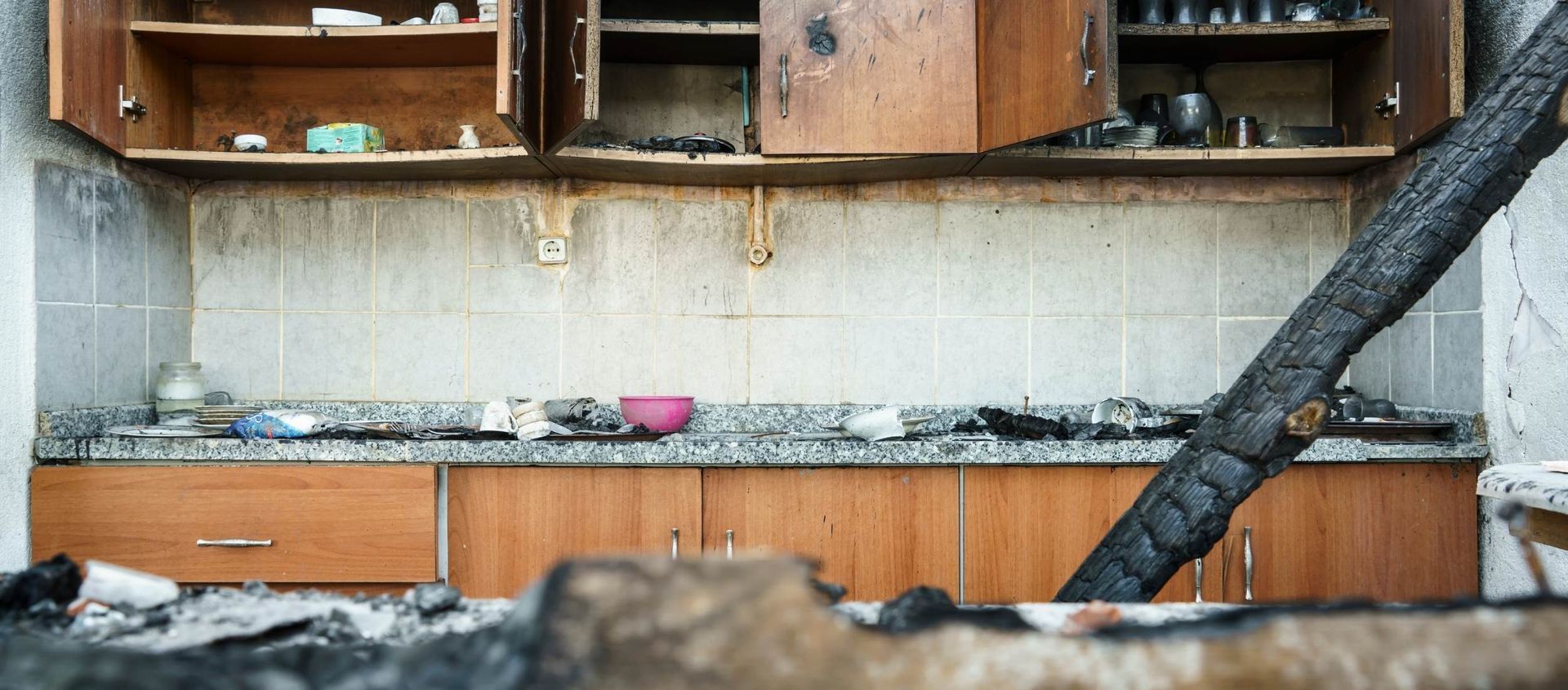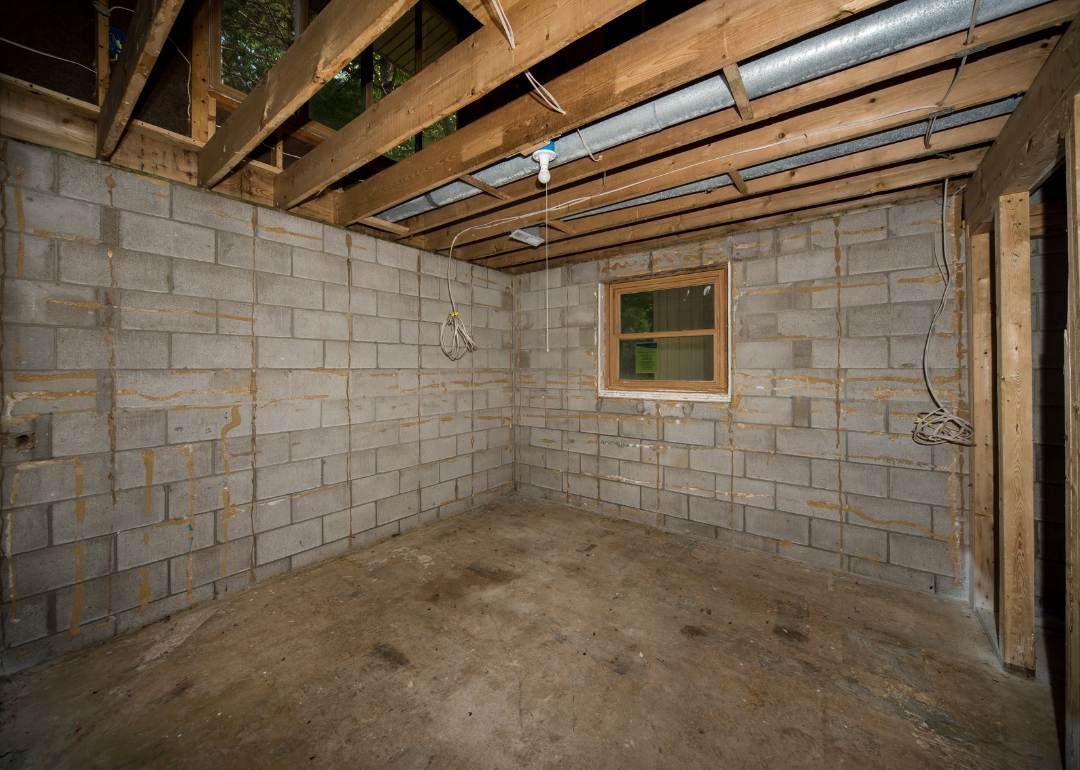The Role of Landscaping in Preventing Water Damage in Louisiana Homes
Landscaping plays a crucial role in protecting homes from water damage, particularly in areas prone to heavy rainfall like Louisiana. Proper landscaping techniques can significantly mitigate the risk of flooding and water intrusion by enhancing drainage systems and directing water flow away from the foundation. With thoughtful design, homeowners can transform their yards into effective barriers against moisture-related issues.
Effective landscaping strategies include creating proper grading, which ensures that water moves away from the house rather than pooling around it. Incorporating features such as retaining walls, absorbent plants, and terracing can also help in managing water runoff. By integrating these elements into their exterior design, homeowners can create a more resilient property that not only looks appealing but also safeguards against costly water damage.
Understanding the importance of these landscaping practices is vital for any homeowner looking to protect their investment. Through proactive measures, they can create a landscape that complements their home while providing essential defenses against Louisiana's unpredictable weather.
Understanding Water Damage in Louisiana Homes
Water damage poses a significant risk to homes in Louisiana, particularly due to the region's heavy rainfall and unique geographical features. Recognizing the impact and sources of water damage can help homeowners take proactive measures to protect their properties.
The Impact of Water Damage
Water damage can lead to severe consequences for Louisiana homes. It often results in structural damage, which can undermine the integrity of a building and necessitate costly repairs.
In addition, mold growth can occur within 24-48 hours of moisture exposure, creating health hazards and requiring professional remediation. Homeowners might observe water stains on walls and ceilings, indicating past or ongoing moisture problems. This deterioration not only affects aesthetics but also can reduce property value.
The stress caused by such damage can be overwhelming for families. Being aware of these impacts allows homeowners to prioritize flood prevention techniques effectively and maintain a safer living environment.
Common Sources of Water Damage
Several factors contribute to water damage in Louisiana. Heavy rainfall is the most apparent source, often resulting in localized flooding. Stormwater runoff can overwhelm drainage systems, causing water to pool around foundations.
Groundwater saturation during prolonged rain seasons can also lead to seepage, compromising the home’s structure. Additionally, poor landscaping can direct water toward the foundation, increasing the risk of leaks and damage.
Regular maintenance of gutters and downspouts is essential to prevent overflow and subsequent water damage. Identifying and addressing these common sources will help preserve the integrity of homes throughout the state.
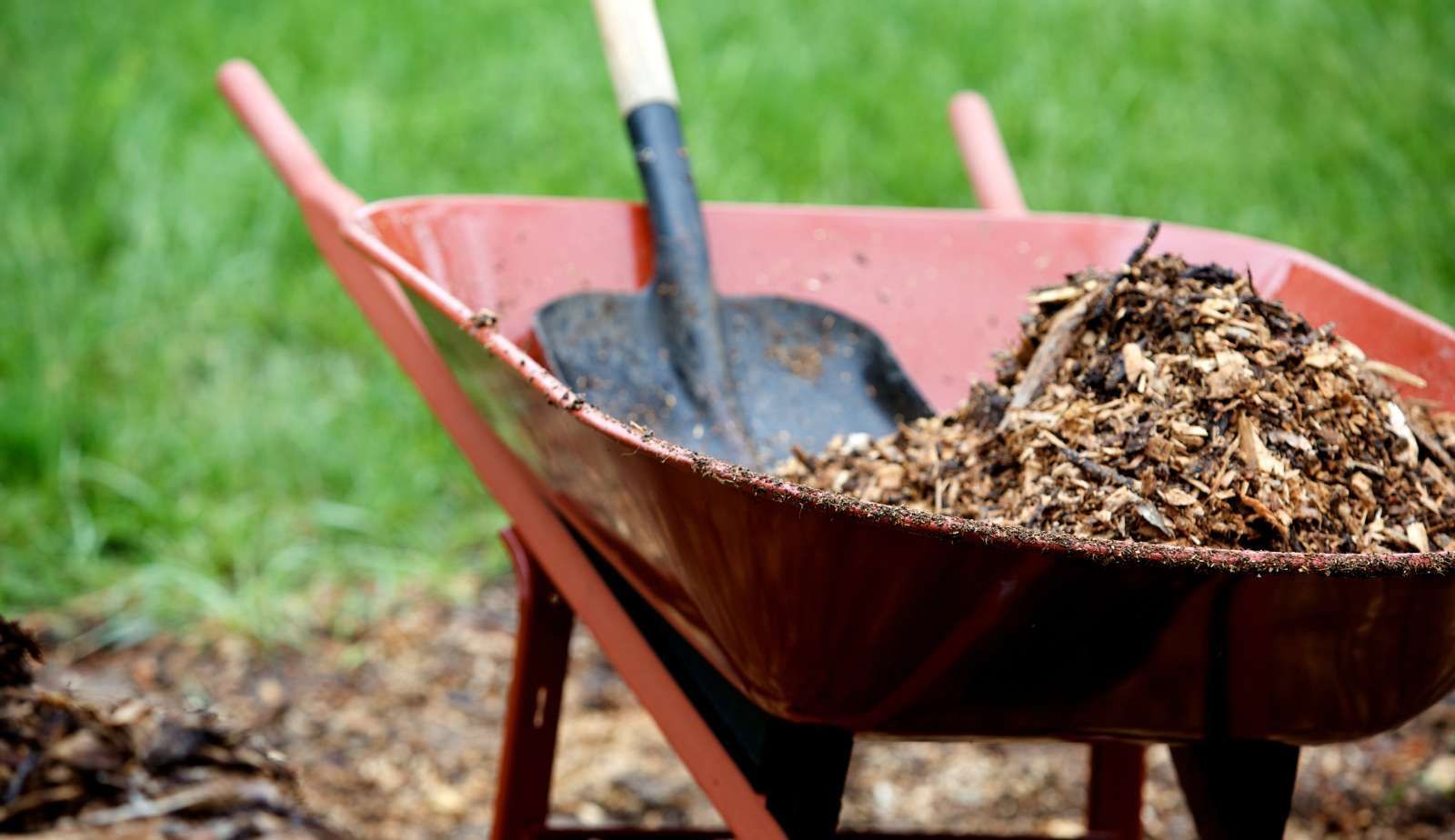
The Importance of Effective Landscaping
Effective landscaping is crucial for managing water runoff and preventing water damage. By implementing strategic features and designs, homeowners can significantly decrease the risk of water accumulation around their properties. This section explores the benefits of such landscaping techniques and their role in enhancing water absorption.
Benefits of Strategic Landscaping
Strategic landscaping plays a pivotal role in creating a proper drainage system. When landscaping is designed with water management in mind, it directs rainfall away from the foundation of the home.
Key benefits include:
- Grading: Properly grading the yard ensures that water flows away from structures, reducing the risk of pooling.
- Retaining Walls: These structures can prevent soil erosion and redirect water naturally.
- Plant Selection: Native plants with deep root systems can absorb more water, further reducing runoff.
Implementing these features not only protects the home but also enhances the aesthetic appeal of the landscape.
Landscaping and its Role in Water Absorption
Landscaping directly influences the ability of the ground to absorb water. Plants and soil types can significantly impact drainage and water retention.
Essential points include:
- Soil Health: Healthy soil, rich in organic matter, absorbs more water, minimizing runoff.
- Strategic Planting: Grouping plants nearby can create microhabitats that enhance moisture retention.
- Permeable Surfaces: Utilizing permeable materials for driveways and walkways allows water to infiltrate the ground rather than pooling.
By understanding how landscaping affects water absorption, homeowners in Louisiana can take proactive steps to safeguard their properties against water damage.
Landscaping Techniques for Enhanced Drainage
Effective landscaping techniques can significantly improve drainage around a home, thus reducing the risk of water damage. Key strategies include proper grading, selecting native plants, and implementing structural elements like swales and retaining walls. Each technique is essential for managing water runoff and promoting a healthier outdoor environment.
Grading and Slope Management
Grading the yard involves shaping the land to create a slope that directs water away from the foundation of the home. The ground should ideally slope away at a rate of at least 2% to ensure effective drainage. This process may require moving soil to create higher areas and lower areas strategically.
Regular assessments of the landscape can help identify areas where water tends to accumulate. Adjustments may include reshaping existing garden beds or removing obstacles that block water flow. Grading not only prevents flooding but also protects landscaping by keeping excess moisture away from plant roots.
Incorporating Native Plants and Mulch
Native plants are well-suited for local climates and typically require less water and maintenance. Their extensive root systems help absorb excess rainwater, minimizing runoff. Additionally, these plants contribute to a diverse ecosystem, providing habitats for local wildlife.
Applying mulch around plants can further enhance drainage. Mulch helps retain soil moisture while preventing erosion during heavy rains. Organic mulches, such as wood chips or shredded bark, decay over time and enrich the soil, promoting healthier plant growth. This combination of native plants and mulch improves water infiltration, benefiting both the plants and the surrounding environment.
Utilizing Swales and Retaining Walls
Swales are shallow, vegetated channels that direct water away from specific areas, effectively managing runoff. They can be integrated into the landscape to guide excess water towards drainage systems or natural areas. Swales are particularly effective in flat terrains where water tends to pool.
Retaining walls serve a dual purpose: they can stabilize sloped areas while directing water flow. By holding back soil, these walls prevent erosion and maintain proper grading. When designed with drainage in mind, retaining walls can also channel water away from structures, thereby reducing the risk of water damage to the home.
Implementing these landscaping techniques creates a thoughtful approach to managing drainage, ensuring that water flows away from vulnerable areas.
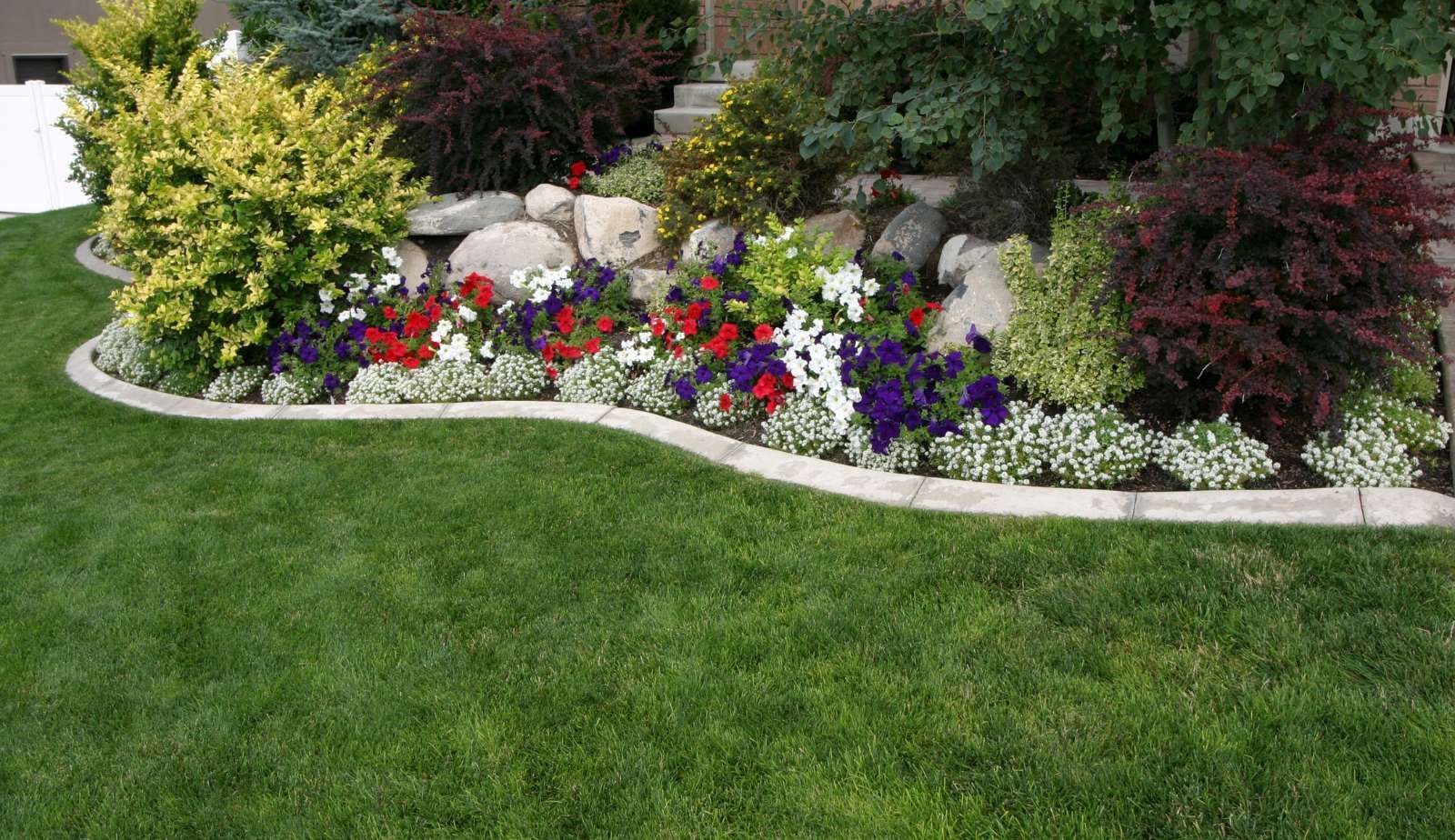
Drainage Solutions and Installations
Effective drainage solutions are essential for safeguarding homes in Louisiana from water damage. Implementing the right installations can direct water away from the foundation, minimizing the risks associated with heavy rainfall and flooding.
Gutters and Downspouts Configuration
Properly configured gutters and downspouts play a vital role in managing water runoff. They collect rainwater from the roof and channel it away from the home.
It is crucial that gutters are angled correctly to ensure they do not overflow. Additionally, downspouts should extend at least 3 to 6 feet from the foundation. This distance minimizes the chances of water pooling near the base of the home.
Regular maintenance, such as cleaning out debris, is essential to maintaining functionality. Clogged gutters can lead to overflow, causing water damage to exterior walls and the foundation.
Rain Gardens and Their Effectiveness
Rain gardens are an effective landscaping solution for managing excess water. They are designed to capture and absorb runoff from impervious surfaces like driveways and roofs.
These gardens are typically planted with native species that thrive in wet conditions. This ensures that they not only manage water effectively but also promote local biodiversity.
A rain garden can reduce flooding by allowing water to infiltrate the ground rather than running off to streets and storm drains. Additionally, they improve aesthetics and can enhance property value over time.
French Drains and Drainage Ditches
French drains are a popular option for directing water away from problematic areas in a yard. They consist of a gravel-filled trench that contains a perforated pipe. This design allows water to flow into the pipe and be redirected away from the home’s foundation.
Installation should occur in low spots where water tends to collect. Drainage ditches, on the other hand, are open channels that transport water away from critical areas, preventing erosion and water accumulation.
Both solutions are effective in managing water runoff when designed and maintained properly. Homeowners should consider local soil conditions and drainage patterns to determine the most appropriate solution for their landscape.
Preventive Measures and Regular Maintenance
Maintaining a home's landscape and drainage systems is crucial in preventing water damage. Regular inspections and the installation of effective systems can significantly reduce water intrusion risks.
Conducting Regular Inspections
Homeowners should prioritize frequent inspections of their property, particularly after heavy rainfall. This helps identify potential drainage issues before they escalate. Key areas to inspect include:
- Gutters and downspouts: Ensure they are clear and functioning properly to direct water away from the foundation.
- Grading: Check if the landscape slopes away from the foundation to prevent water accumulation.
- Windows and doors: Inspect seals for signs of wear or damage, as these can allow moisture infiltration.
Routine inspections allow homeowners to address minor issues, such as clogs or erosion, before they develop into costly repairs. Keeping an eye on these areas is essential for maintaining the integrity of the home.
Installing Sump Pumps and Basement Waterproofing
For homes with basements, the installation of sump pumps is a proactive measure against flooding. These systems effectively remove excess water that gathers in basements during storms. Key components of this preventive strategy include:
- Sump pump installation: Placing the pump in the lowest part of the basement ensures efficient water removal.
- Basement waterproofing: Applying waterproof sealants to walls can prevent water seepage during heavy rains.
Together, these measures help safeguard the home from potential water damage, reducing the risk of extensive repairs. Homeowners often find that investing in these systems pays off through long-term protection.
Rain Barrels and Stormwater Management
Implementing rain barrels is an effective way to manage stormwater and prevent excessive runoff. These barrels collect rainwater from gutters, offering sustainable water management options. Important considerations include:
- Placement: Position rain barrels beneath downspouts to maximize collection.
- Usage: Collected water can be used for irrigation, reducing dependence on municipal sources.
In addition, effective stormwater management practices, such as creating swales or capture basins, can further enhance drainage. These proactive measures contribute to an overall strategy for reducing water damage risks and maintaining a healthy landscape.
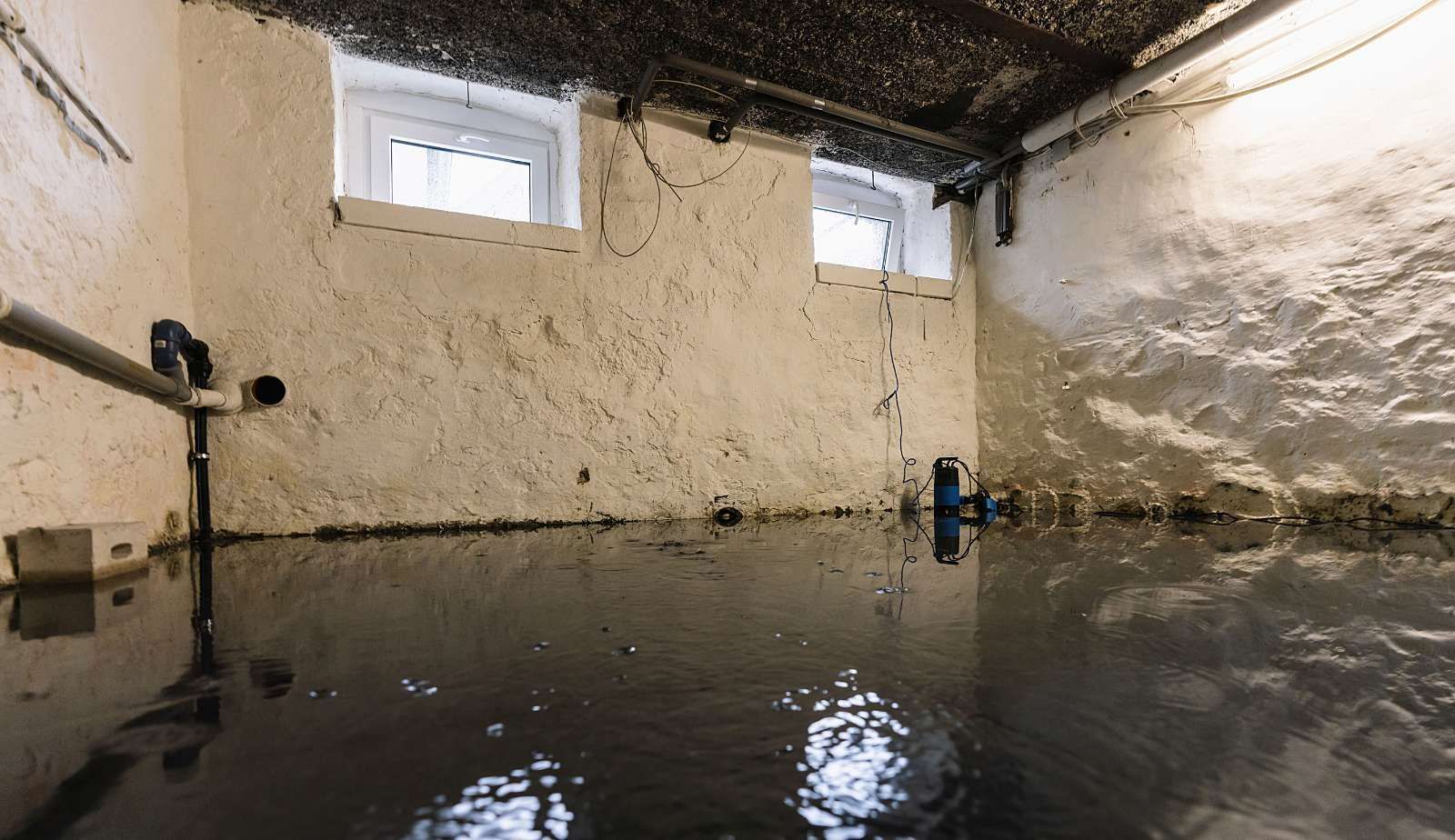
Enhancing Water Quality and Environment
Proper landscaping practices can significantly enhance water quality and create a healthier environment. Effective design not only improves drainage but also reduces the introduction of pollutants into local waterways, benefiting both ecosystems and property values.
Reducing Pollutants through Landscaping
Landscaping choices play a crucial role in minimizing pollutants that can compromise water quality. For instance, using native plants can decrease the need for chemical fertilizers and pesticides, which are common sources of runoff pollutants.
Implementing features such as rain gardens or bioswales also captures stormwater and allows it to percolate into the ground, filtering out impurities. Homeowners are encouraged to emphasize xeriscaping, which conserves water through efficient irrigation and drought-resistant plants.
Incorporating mulches can reduce soil erosion and prevent sediment from entering water bodies, protecting aquatic life. Simple techniques can cumulatively lead to cleaner water and a healthier environment.
Water Quality Considerations in Landscaping
When planning a landscape, various water quality considerations should be taken into account. Effective irrigation practices are essential; using drip irrigation instead of traditional sprinklers targets plant roots directly, reducing water waste and runoff.
Proper grading around the home is vital for directing water away from foundations, preventing flood risks while keeping the landscape intact. Utilizing permeable paving materials allows rainwater to infiltrate back into the ground rather than running off into drainage systems.
It is important for homeowners to regularly assess their landscaping and irrigation methods. By adopting sustainable practices, they contribute to the preservation of local water quality and support a thriving environment, which in turn increases the longevity and value of their property.
Landscaping plays a crucial role in water damage prevention for Louisiana homes. By implementing thoughtful design practices, homeowners can effectively divert water away from their properties.
Key strategies include:
- Proper Grading: Ensures that the landscape slopes away from the foundation, minimizing water pooling.
- Effective Drainage Systems: Incorporating French drains or swales helps manage excess water efficiently.
Strategically positioned plants and hardscapes can absorb excess moisture, reducing runoff. Additionally, using materials that promote water infiltration can enhance the landscape's ability to manage stormwater.
Maintaining these landscaping features is essential. Regular checks on drainage systems and grading can prevent potential issues. By prioritizing these elements, homeowners can significantly reduce the risk of water damage, protecting their investments and ensuring a safe living environment.
You might also like
DryMax Restoration Blogs
